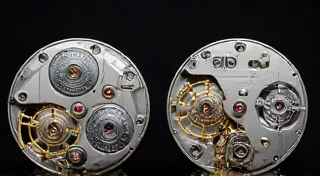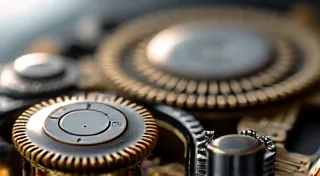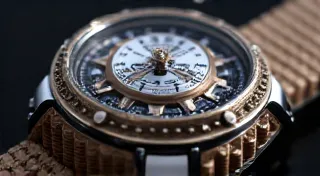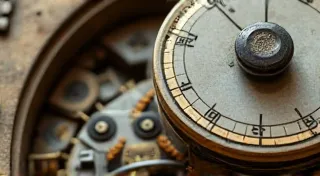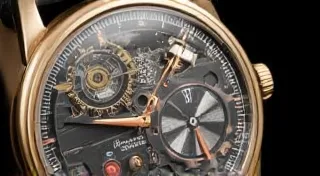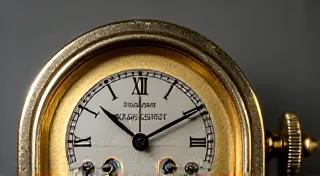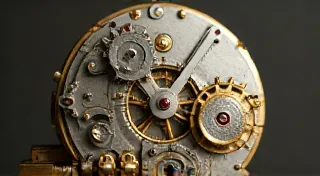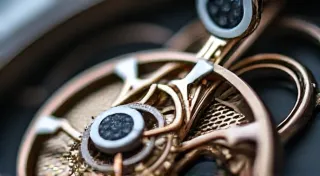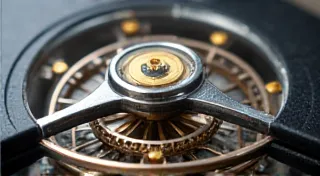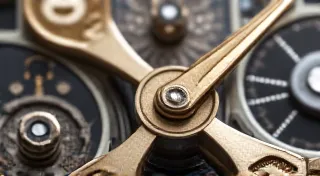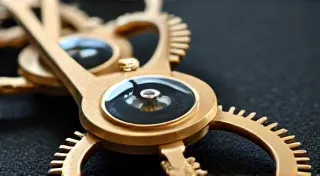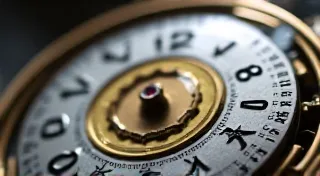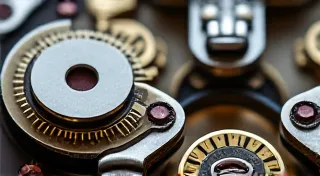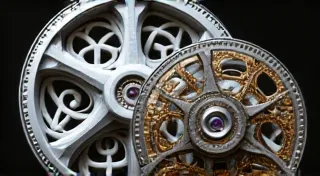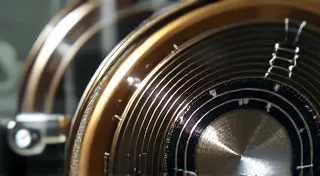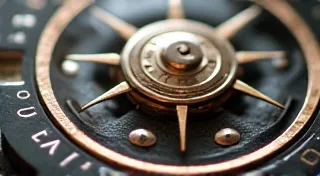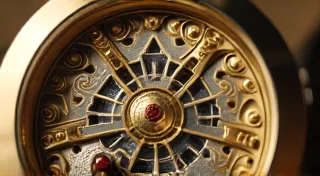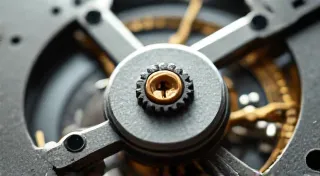Specific Watch Movement Identification: A Journey Through Time
Welcome to a dedicated resource for enthusiasts, collectors, and professionals seeking to understand the fascinating world of watch movements. Whether you're a seasoned watch repair specialist or just beginning your journey into watch collecting, this site is your guide to identifying, understanding, and appreciating the intricate mechanisms that power timepieces.
Delving into the Heart of Time: Why Movement Identification Matters
The heart of any mechanical watch isn't just a collection of gears; it's a meticulously engineered system reflecting decades, sometimes centuries, of innovation. Identifying the specific movement within a watch can unlock a wealth of information about its origin, history, and value. It's about more than just knowing what makes the hands move; it's about understanding the story behind the mechanical watches you admire.
Understanding the nuances between an automatic and a manual-wind movement is a crucial first step. Our guide, "A Comparison of Automatic vs. Manual-Wind Movements: Understanding the Differences", breaks down the key distinctions and explains how each type contributes to the overall character of a timepiece.
The evolution of watch history isn’t just about grand narratives; it’s about the incremental improvements and design choices that define each era. Each movement tells a story, reflecting the technological capabilities and aesthetic sensibilities of its time. In our article, "The Cartographer of Chronos: Tracing Lost Movements Through History’s Eddies," we explore the paths of obscure and forgotten movements, piecing together their origins and legacies.
Exploring the Landscape of Watch Movements
This website is structured to guide you through a comprehensive exploration of various watch movements. We’ve organized our content to cater to different levels of expertise, from absolute beginners to seasoned professionals. Here's a glimpse of what you'll discover:
Major Manufacturers & Caliber Series
- ETA Watch Movements: ETA is a cornerstone of the Swiss watchmaking industry. Our "A Beginner's Guide to ETA Watch Movements: Types and Identification" provides a detailed overview of their range and how to recognize them.
- Rolex Movements: Rolex is renowned for its in-house movements, known for their robustness and precision. Our guide, "Rolex Movement Identification: A Guide to Calibers 1570, 3035, and More", will help you pinpoint the specific caliber powering your Rolex.
- Seiko Movements: Seiko’s innovation in watchmaking is undeniable, and their movements are equally fascinating. From the workhorse 7S series to the refined 4R and 6R calibers, our "Seiko Movement Identification: A Guide to 4R, 7S, and 6R Calibers" unlocks their secrets.
- Sellita Movements: Sellita has become a significant player in the movement manufacturing landscape. Our "Unlocking the Secrets of Sellita Movements: A Comprehensive Overview" provides a detailed look at their offerings and their importance in modern watchmaking.
- Valjoux Movements: Valjoux movements, particularly the 735 and 7750 series, are ubiquitous in chronographs. Our article, "Identifying Valjoux Movements: From 735 to 7750 and Beyond," details how to identify these iconic movements.
- Unitas Movements: Once produced by Universal Geneve, Unitas movements are legendary for their use in chronographs and dress watches. Learn about their history and significance in "Unitas Movements: A Look at the Legacy of Universal Geneve".
- Moya/Tissot Movements: Discover the history and characteristics of movements produced by Moya and Tissot in "Moya/Tissot Movements: An Overview of Their History and Identification".
Beyond the Big Names
While the major manufacturers are crucial, the world of watch movements also includes a fascinating array of less common and specialized calibers. Our guide "Rare and Unusual Watch Movements: A Look at Collector's Treasures" showcases a selection of these exceptional examples, offering insight into their unique design and function. These movements, often representing the pinnacle of horological achievement, command considerable collector interest.
Decoding the Language of Movement Anatomy
Understanding the inner workings of a watch movement goes beyond just identifying its name. It’s about understanding *how* it functions and appreciating the artistry involved in its construction. We provide insights into key components and design principles.
- The Role of Bridges: In "The Role of Bridges in Watch Movements: Function and Aesthetics," we explore the vital role bridges play in maintaining accuracy and providing a foundation for the intricate mechanisms within.
- Movement Decoration: The level of decoration applied to a movement is a visual representation of the manufacturer's commitment to quality and craftsmanship. Explore the artistry of Geneva stripes, perlage, and other techniques in "Watch Movement Decoration: From Geneva Stripes to Perlage."
- Movement Materials: From brass and steel to gold plating, the materials used in a watch movement affect its appearance, durability, and overall value. Learn about the different materials in "Watch Movement Materials: From Brass to Gold Plating."
- Serial Numbers: Understanding watch movement serial numbers can provide clues about the manufacturing date and origin of a particular caliber. Our guide, "Understanding Watch Movement Serial Numbers: What They Reveal," helps you decode this essential information.
- The Silent Language: Go beyond diagrams and learn to "read" the subtle details of a movement's design in "The Silent Language of Bridges: Deciphering Movement Anatomy Beyond the Diagram."
- The Swiss Lever Escapement: This revolutionary invention dramatically improved the accuracy of mechanical timekeeping. Trace its evolution in "The Evolution of the Swiss Lever Escapement: A Technological Journey."
Navigating the Challenges of Vintage Watch Movement Identification
Identifying vintage watch movements presents unique challenges. Markings can be faded, components may have been replaced, and documentation may be scarce. In our guide, "Identifying Vintage Watch Movements: Common Challenges and Tips," we provide practical advice and strategies for overcoming these hurdles. The beauty of a vintage timepiece often lies in its history – knowing the movement brings that history to life.
Resources & Further Exploration
We're constantly updating this site with new information and insights. Use the "A Swiss Watch Movement Identifier: Common Markings and Codes Explained" article as a foundational tool. We believe that understanding watch movements enriches the appreciation of all timepieces. We hope you find this resource valuable in your journey through the fascinating world of horology!
The evolution of watch repair relies on a solid understanding of the movements involved, and this site aims to be a cornerstone in that process.
